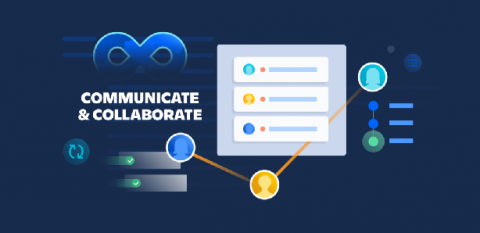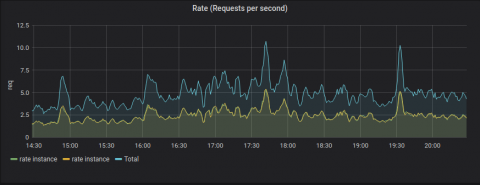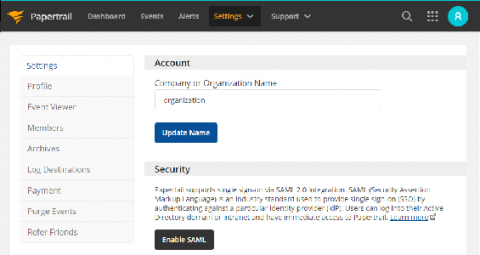Operations | Monitoring | ITSM | DevOps | Cloud
Latest Blogs
Monitoring the Mattermost server with Prometheus and Grafana
Lately we’ve been working on improving different parts of the Mattermost server, including our monitoring and observability capabilities. We’ve been using Prometheus and Grafana to monitor our cluster for a while now, and you can read this great post where my colleague Stylianos explains how we have them working for our multi-cluster environment.
Best Practices for Monitoring Azure Services
3 Best Practices for Testing Your Website's Performance in 2020
Be a Better Java Developer With AppOptics Dev Edition
SAML 2.0 and a UTC toggle make Papertrail even easier to use
Learning from Incidents - what to do after you write a postmortem?
For folks who’ve made post mortems more meaningful at your company, it is important that you spread that learning around. A lot of companies have teams that do postmortems really well and a lot of engineering managers(EMs) want to spread it organically, but writing and following postmortems is the kind of practice that a lot of devs really just don’t think about or care about and it can get extremely hard to force this practice, especially without support from upper management.
Trial by Fire: Making the Mobile Workforce Work
More people than ever are working remotely, and about one-third say the coronavirus pandemic was their first chance to do so. As companies return to a new normal, they are considering how to manage workers who are not in the office, and mobile workers add a unique challenge. The term “remote worker” includes work-from-home employees and mobile workers. Most employees who work remotely do both.
Canonical, Elastic, and Google team up to prevent data corruption in Linux
At Elastic we are constantly innovating and releasing new features. As we release new features we are also working to make sure that they are tested, solid, and reliable — and sometimes we do find bugs or other issues. While testing a new feature we discovered a Linux kernel bug affecting SSD disks on certain Linux kernels. In this blog article we cover the story around the investigation and how it involved a great collaboration with two close partners, Google Cloud and Canonical.
Preventing "copy-paste compromises" (ACSC 2020-008) with Elastic Security
The Australian Cyber Security Centre (ACSC) recently published an advisory outlining tactics, techniques and procedures (TTPs) used against multiple Australian businesses in a recent campaign by a state-based actor. The campaign — dubbed ‘copy-paste compromises’ because of its heavy use of open source proof of concept exploits — was first reported on the 18th of June 2020, receiving national attention in Australia.









